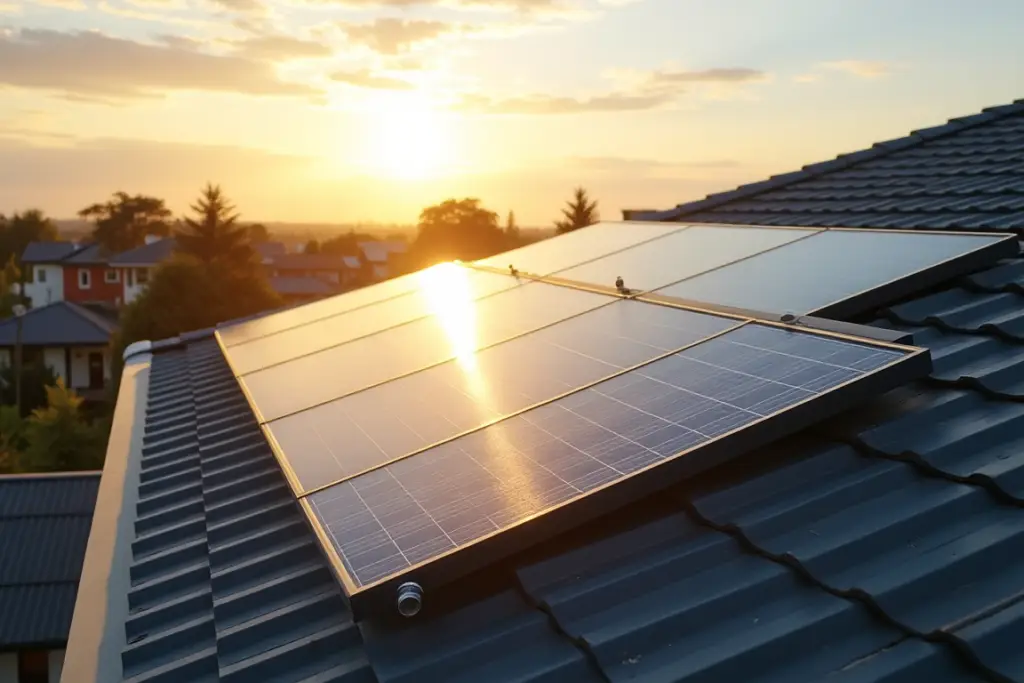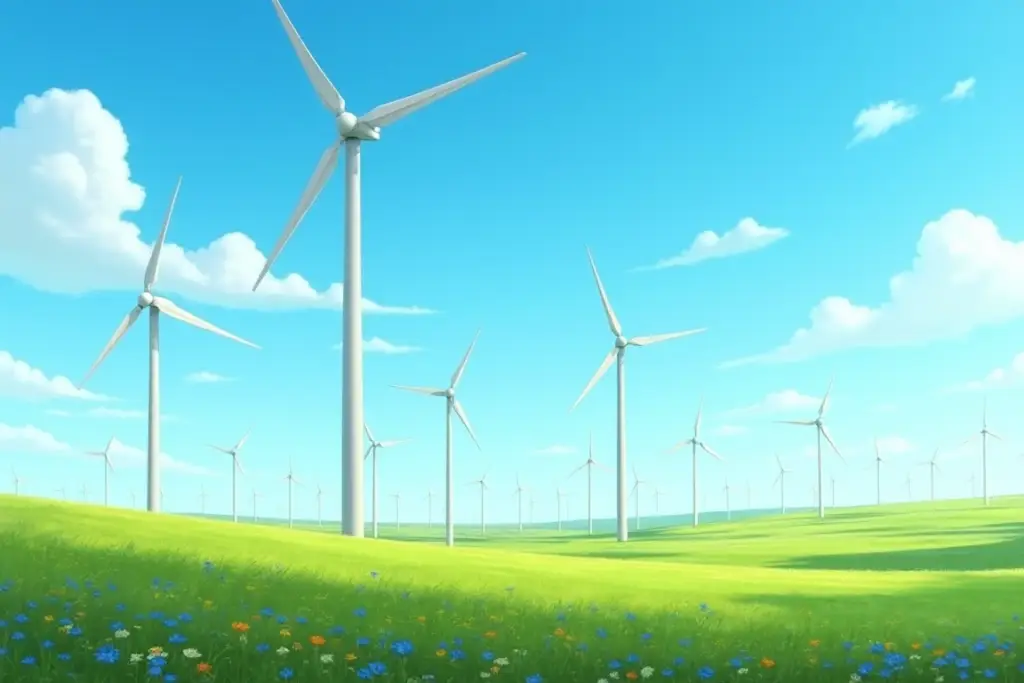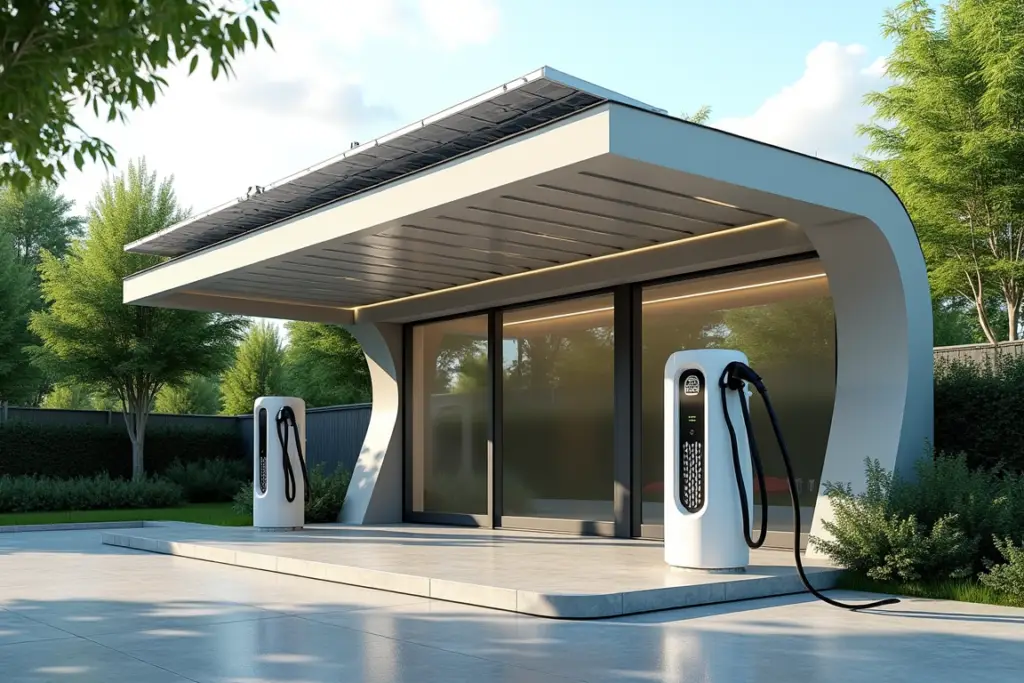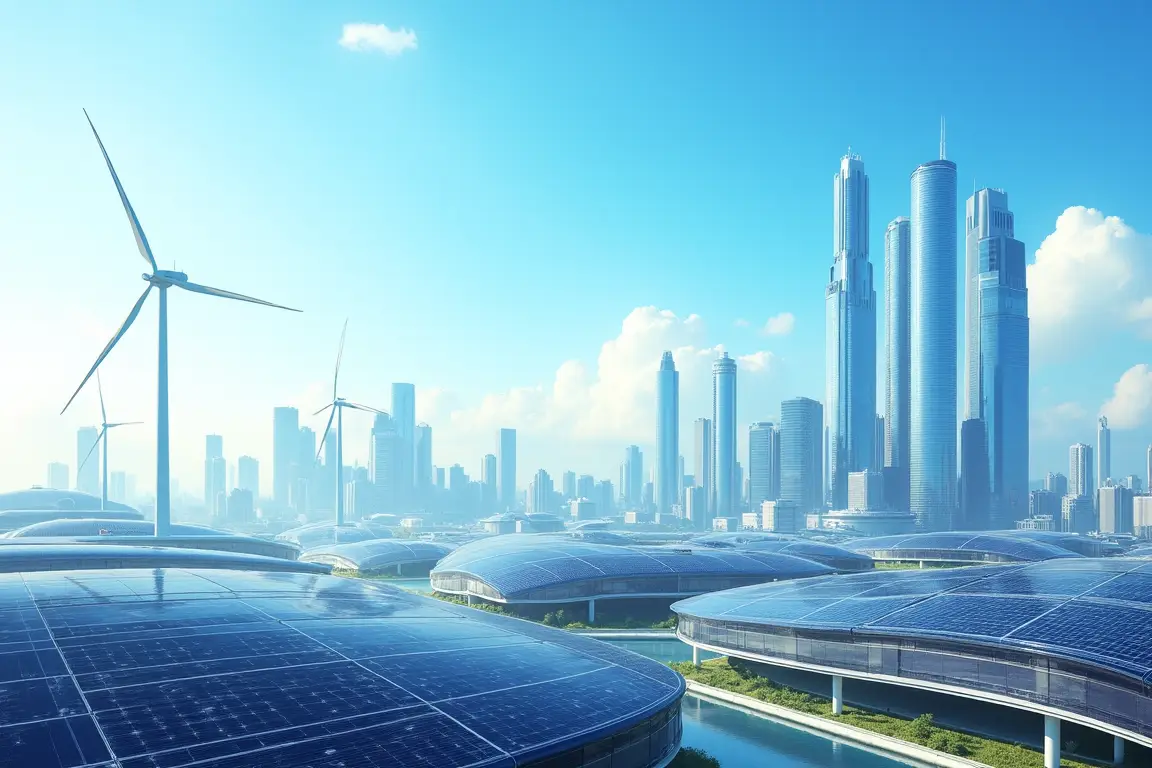Harnessing the Power of Renewable Energy for a Sustainable Future 🌍
Renewable energy is no longer just a buzzword—it is a pivotal element in the global shift towards sustainability. As the world grapples with climate change and diminishing natural resources, the adoption of clean, renewable energy sources is becoming more urgent. In this article, we will explore the importance of renewable energy, different types of renewable energy sources, their applications, benefits, challenges, and the future of green energy.
What is Renewable Energy? ♻️
Renewable energy comes from natural resources that are replenished over time. These resources, including sunlight, wind, rain, and geothermal heat, are sustainable and less harmful to the environment compared to traditional fossil fuels. As the world transitions to cleaner sources of power, understanding renewable energy’s role is vital in building a more sustainable future.
In contrast to fossil fuels, which are finite and contribute to air pollution, renewable energy offers an endless supply of power. By investing in and promoting renewable energy technologies, we can reduce our reliance on harmful resources, decrease greenhouse gas emissions, and contribute to the fight against climate change.
Types of Renewable Energy Sources 🌞💨
There are various renewable energy sources that contribute significantly to global energy production. Each source has unique advantages and is suited to different environmental conditions and applications.
1. Solar Energy ☀️
Solar energy harnesses the power of the sun to generate electricity. Through photovoltaic (PV) cells, sunlight is converted into electricity. Solar power is one of the most abundant and sustainable energy sources, offering a range of applications from residential use to large-scale solar farms.
Applications:
- Residential electricity generation (solar panels).
- Commercial and industrial solar installations.
- Solar heating systems for homes and swimming pools.
For more on solar energy’s benefits, check out this article on renewable energy trends from the U.S. Department of Energy.

2. Wind Energy 🌬️
Wind turbines convert the kinetic energy of wind into electricity. Wind farms, both onshore and offshore, are growing in number, with massive turbines generating large amounts of electricity.
Applications:
- Utility-scale power generation.
- Offshore wind farms for renewable energy at sea.
Wind energy is growing fast. As of 2023, wind power accounted for 9% of total U.S. electricity production. It is projected to keep expanding with technological improvements and larger turbines.
For more details on wind energy developments, visit this article on wind power.

3. Hydropower 🌊
Hydropower, or hydroelectric energy, uses the flow of water to generate electricity. It has been used for centuries but remains a crucial part of the renewable energy mix. Hydropower plants can vary in size, from massive dams to smaller, more local projects.
Applications:
- Large hydroelectric dams generating power for cities and regions.
- Small-scale micro-hydropower for rural or isolated communities.
Hydropower is reliable and efficient, but it can also have ecological impacts, particularly on river ecosystems. For more on balancing these impacts, read about hydropower sustainability.

4. Geothermal Energy 🌋
Geothermal energy taps into the heat stored beneath the Earth’s surface. By utilizing geothermal reservoirs, energy can be extracted for both heating and electricity generation. Unlike solar and wind, geothermal is a consistent and stable energy source.
Applications:
- Direct heating of buildings and greenhouses.
- Geothermal power plants for electricity generation.
Geothermal energy plays a crucial role in some countries, such as Iceland, where nearly 90% of homes are heated using geothermal energy.
For an overview of global geothermal energy trends, refer to this guide on geothermal resources.
5. Biomass Energy 🌱
Biomass energy involves using organic materials like wood, agricultural residues, and waste to produce power. It is considered carbon-neutral because the carbon dioxide released during combustion is offset by the carbon absorbed by the plants during their growth.
Applications:
- Biofuels for transportation.
- Biomass power plants generating electricity.
Biomass energy offers a way to reuse waste and promote sustainability, particularly in agricultural economies. However, biomass needs to be managed to avoid deforestation.
Benefits of Renewable Energy 🌱
The shift to renewable energy offers numerous environmental, economic, and social benefits.
- Environmental Impact: Renewable energy reduces carbon emissions, helping mitigate climate change and lower pollution levels.
- Economic Growth: The renewable energy sector creates jobs in manufacturing, installation, maintenance, and research and development. Solar and wind industries, for example, employ millions worldwide.
- Energy Independence: By using locally sourced energy, countries can reduce their dependence on imported fossil fuels. This enhances national security and economic stability.
- Sustainability: Unlike fossil fuels, renewable energy sources are virtually inexhaustible. By relying on natural elements like the sun and wind, energy generation can continue without depleting resources.

Challenges of Renewable Energy ⚠️
While renewable energy is essential for a sustainable future, it also faces certain challenges that need to be addressed.
- Intermittency: Solar and wind energy depend on weather conditions, making them unreliable in some areas. To overcome this, energy storage solutions like batteries and advanced grids are essential.
- High Initial Costs: Setting up renewable energy systems, particularly solar panels or wind turbines, requires significant upfront investment. However, the long-term savings and environmental benefits often outweigh these costs.
- Geographical Limitations: Not all regions are suitable for certain types of renewable energy. For example, wind farms require areas with consistent wind, while solar power is most effective in sunny regions.
The Future of Renewable Energy 🔮
The future of renewable energy is bright, with ongoing technological advancements driving down costs and improving efficiency.
Predicted Trends:
- Smart grids: These will help manage energy distribution more efficiently, integrating renewable sources and energy storage systems.
- Offshore wind farms: Expanding offshore wind farms will generate more power and have less environmental impact.
- Energy storage: Advances in battery technology will help mitigate the intermittency issue by storing excess energy generated during peak production.
Governments, businesses, and individuals all have a part to play in the future of renewable energy. Policymakers are increasing investment in green technologies, and companies are seeking ways to reduce their carbon footprints.

Conclusion 🌍
Renewable energy is not just an alternative; it is the future of energy generation. Solar, wind, hydro, geothermal, and biomass all offer unique advantages for reducing environmental impacts and promoting sustainability. As we continue to develop and invest in these technologies, we can look forward to a future with cleaner air, fewer environmental disruptions, and a stronger global economy.
For more information on the importance of renewable energy and how you can contribute to a sustainable future, check out the National Renewable Energy Laboratory (NREL).
Table: Comparison of Renewable Energy Sources
| Energy Source | Main Application | Advantages | Challenges |
|---|---|---|---|
| Solar Energy | Electricity & Heating | Abundant, sustainable | Intermittent, high initial cost |
| Wind Energy | Electricity | Clean, renewable | Weather-dependent, visual impact |
| Hydropower | Large-scale power | Reliable, efficient | Environmental impact on ecosystems |
| Geothermal | Heating & Electricity | Consistent, minimal land use | Limited to certain areas |
| Biomass | Electricity, Biofuels | Carbon-neutral, sustainable | Needs land and biomass supply |

